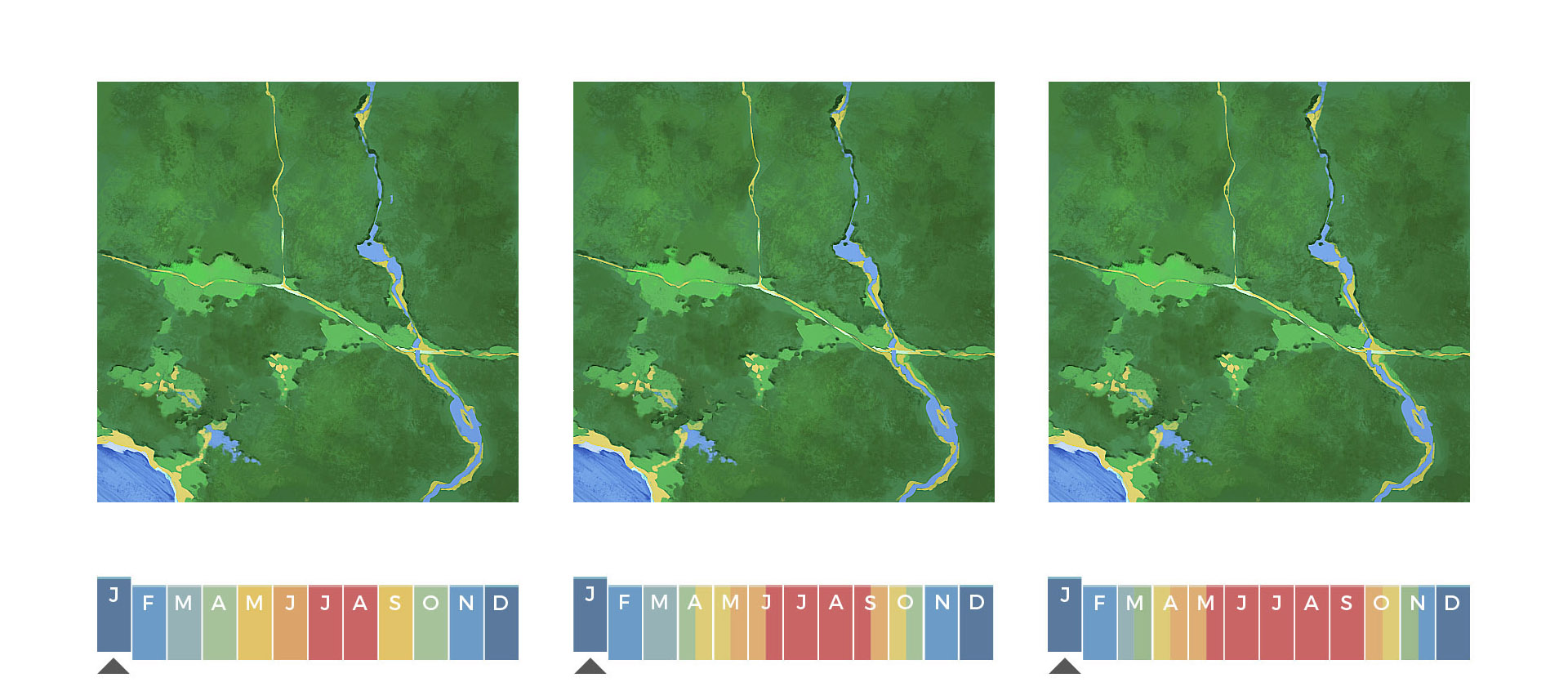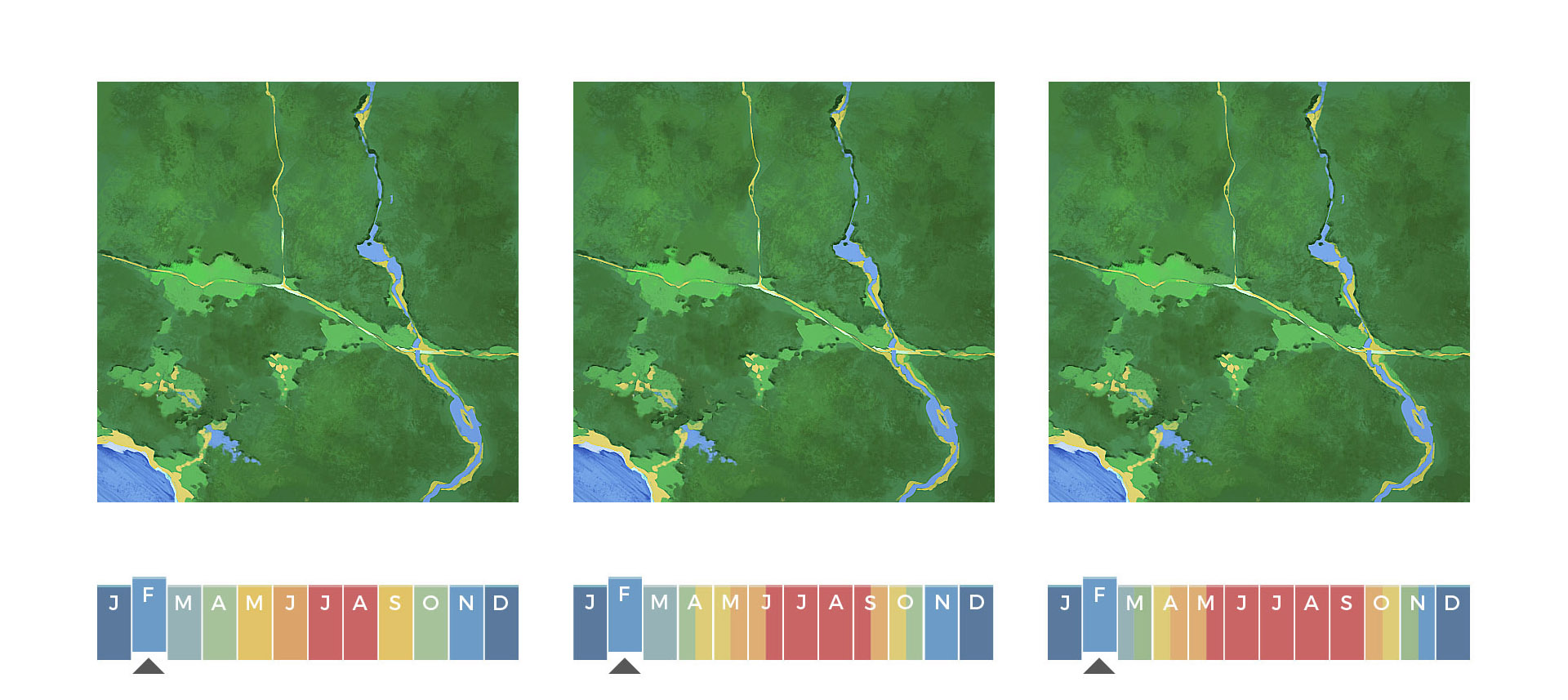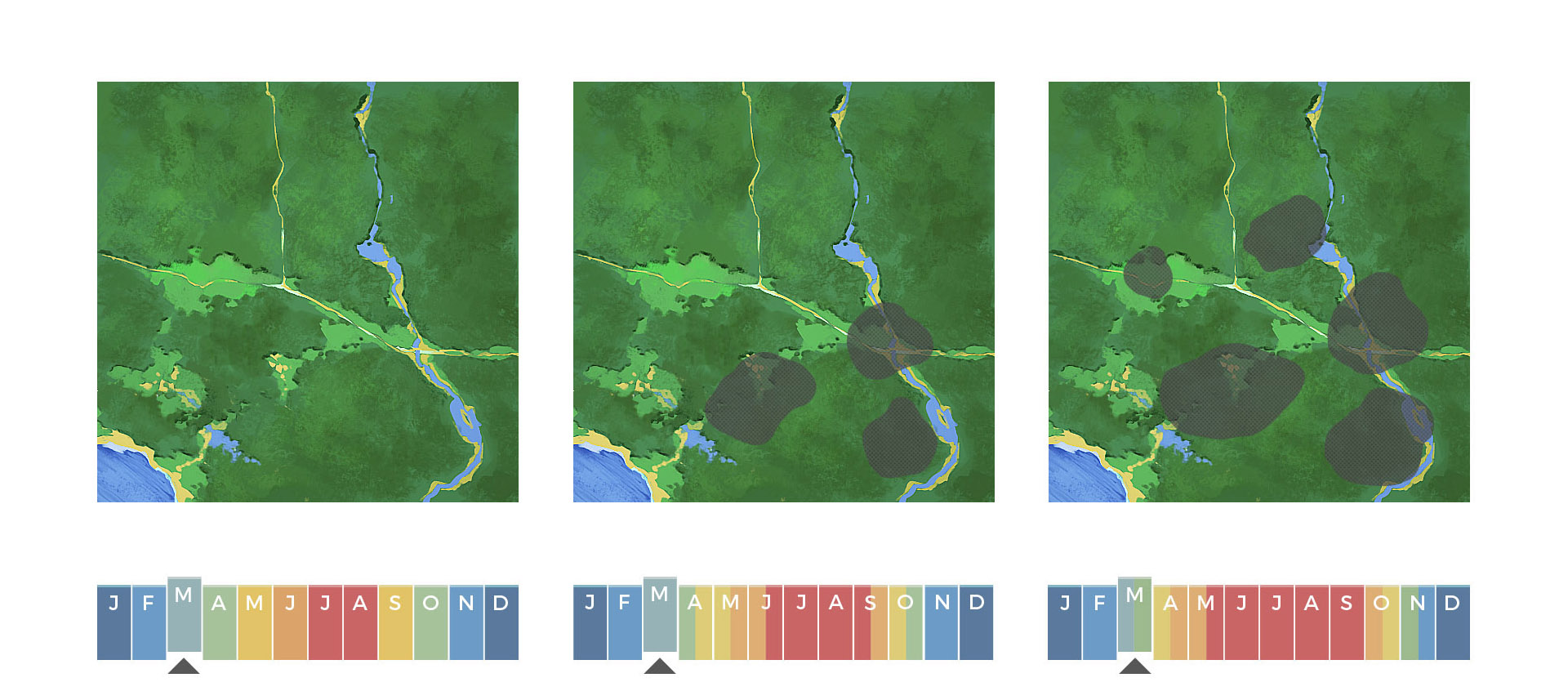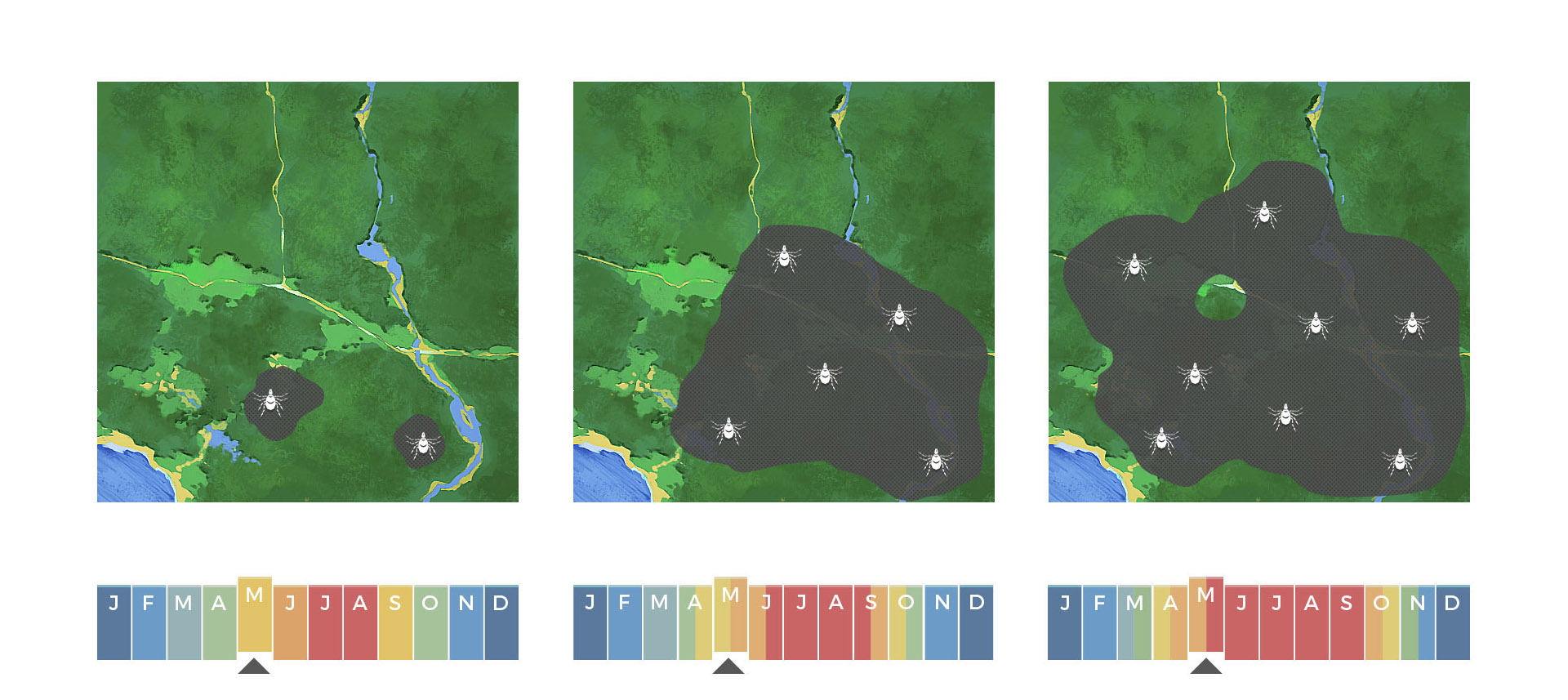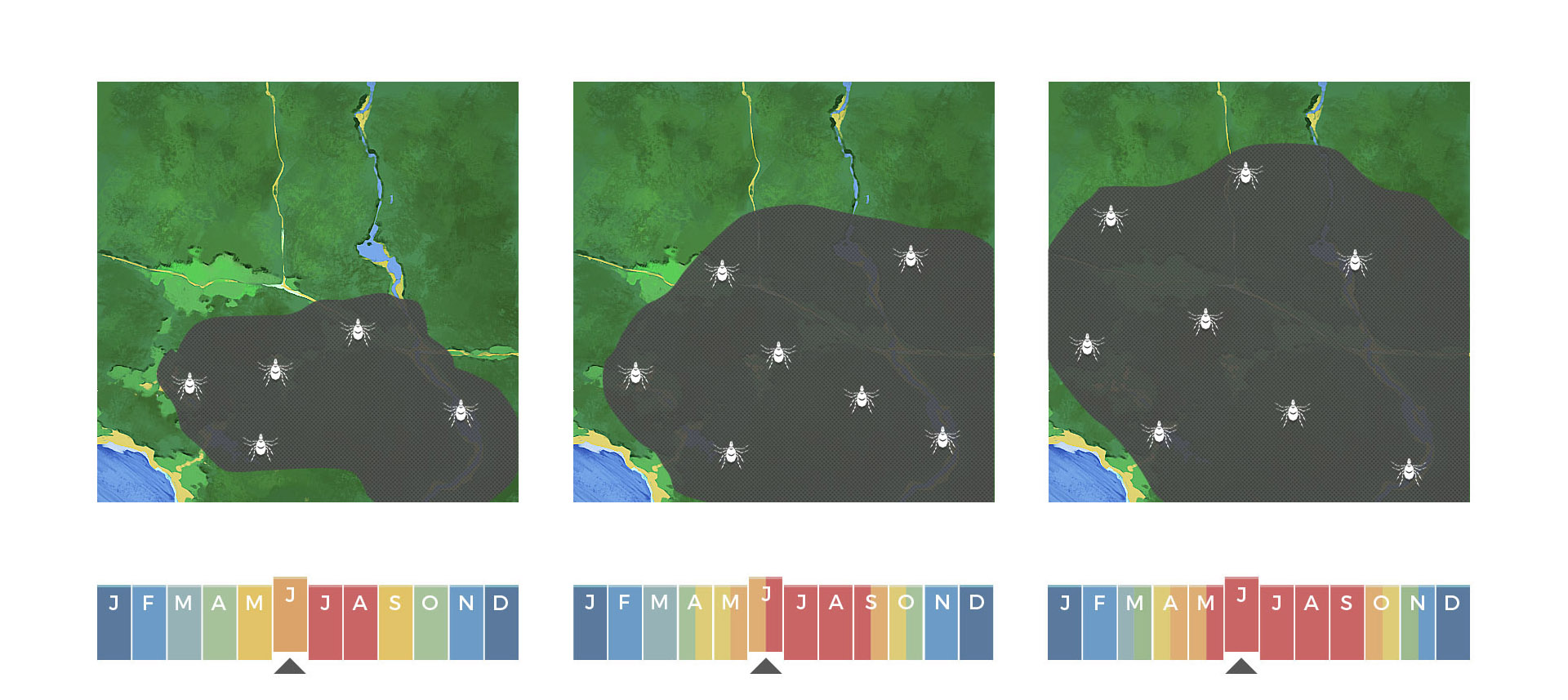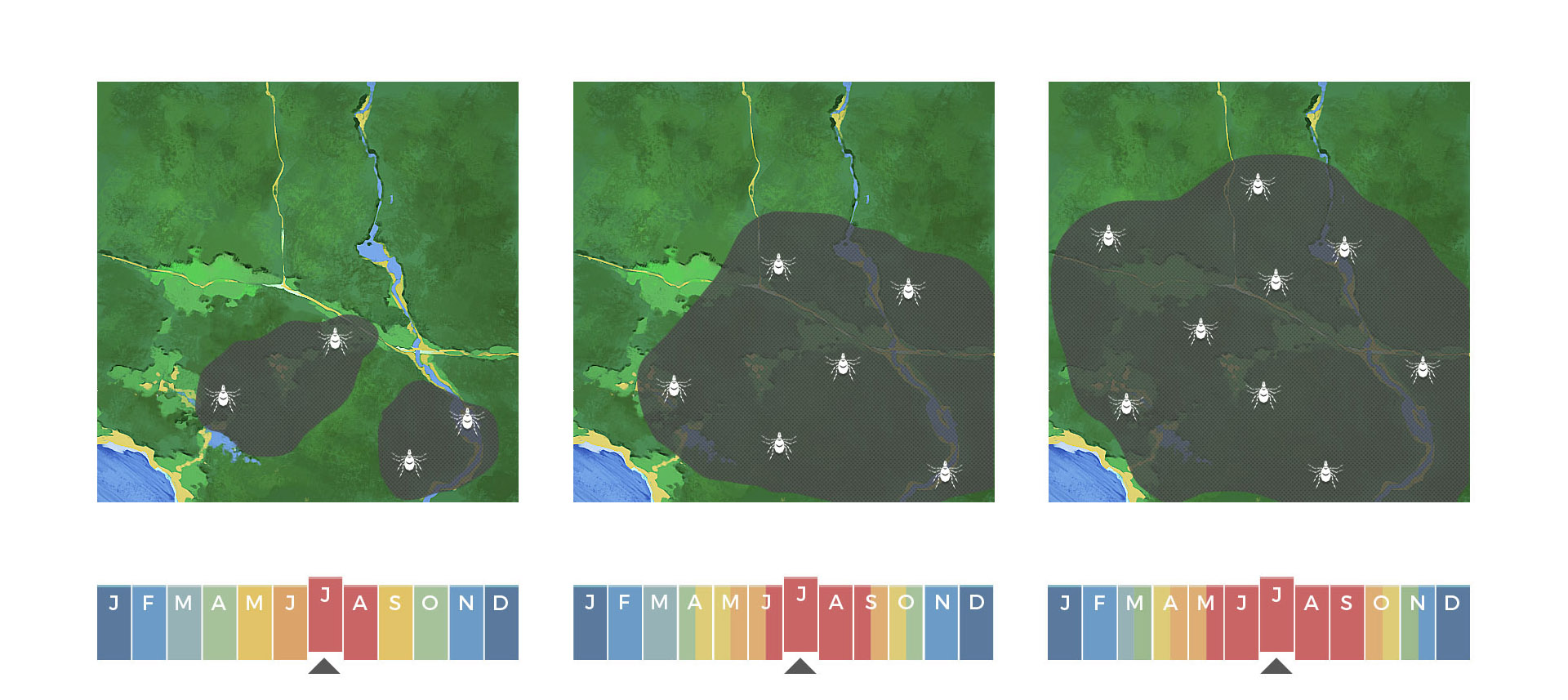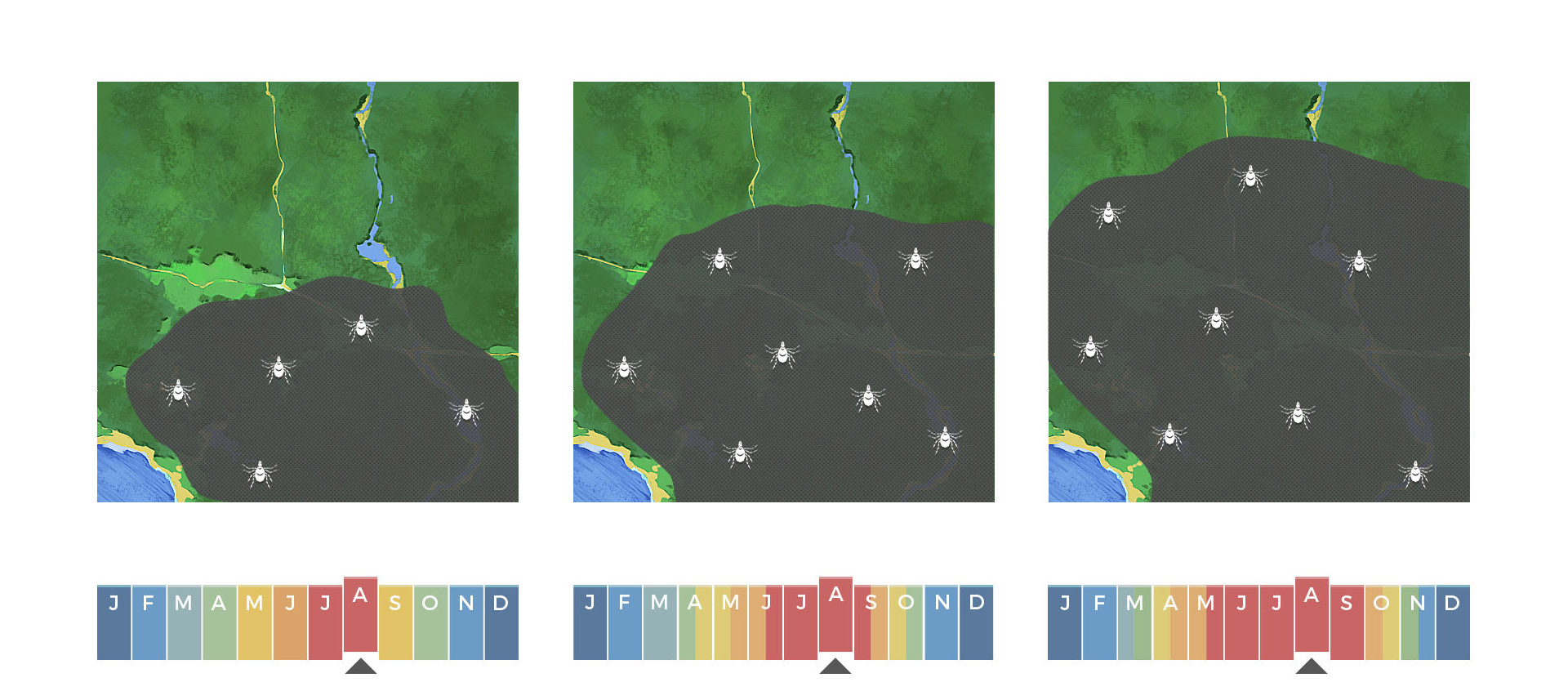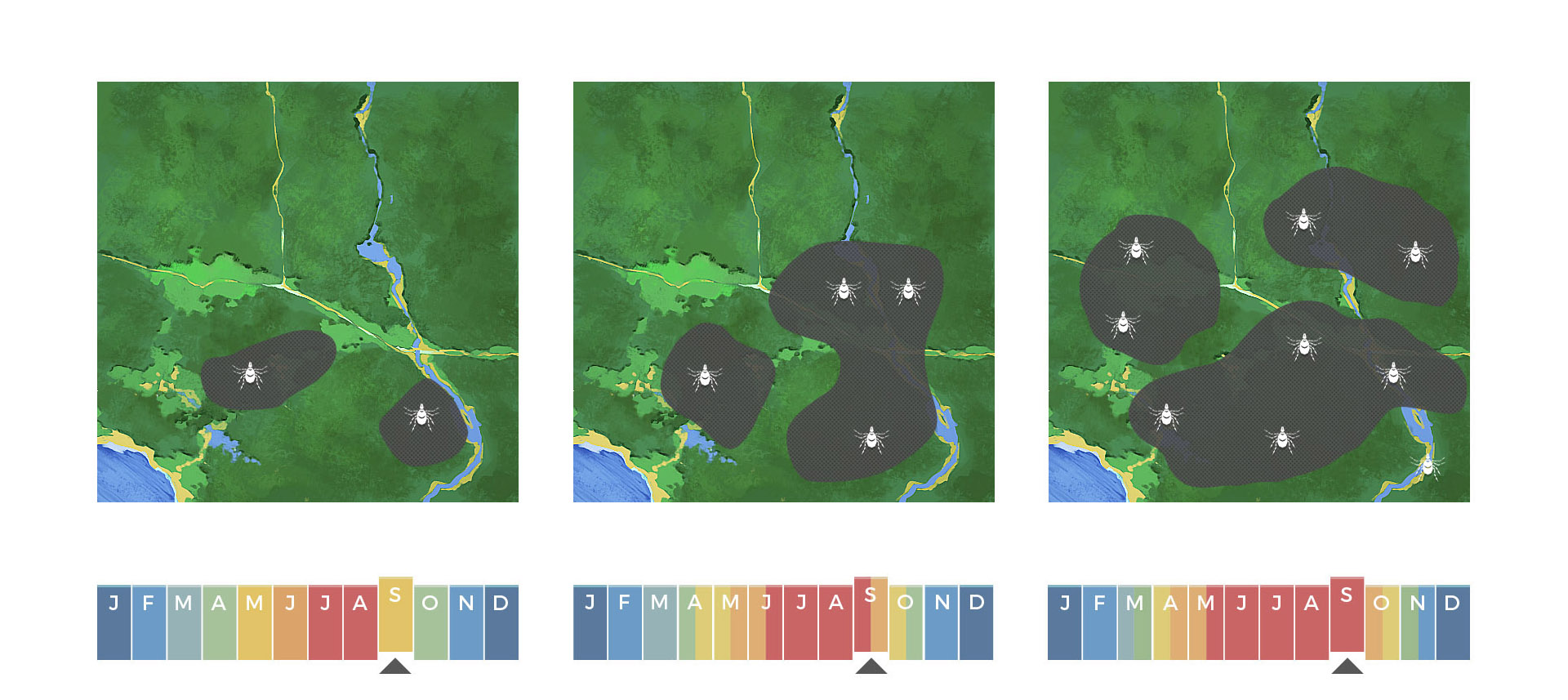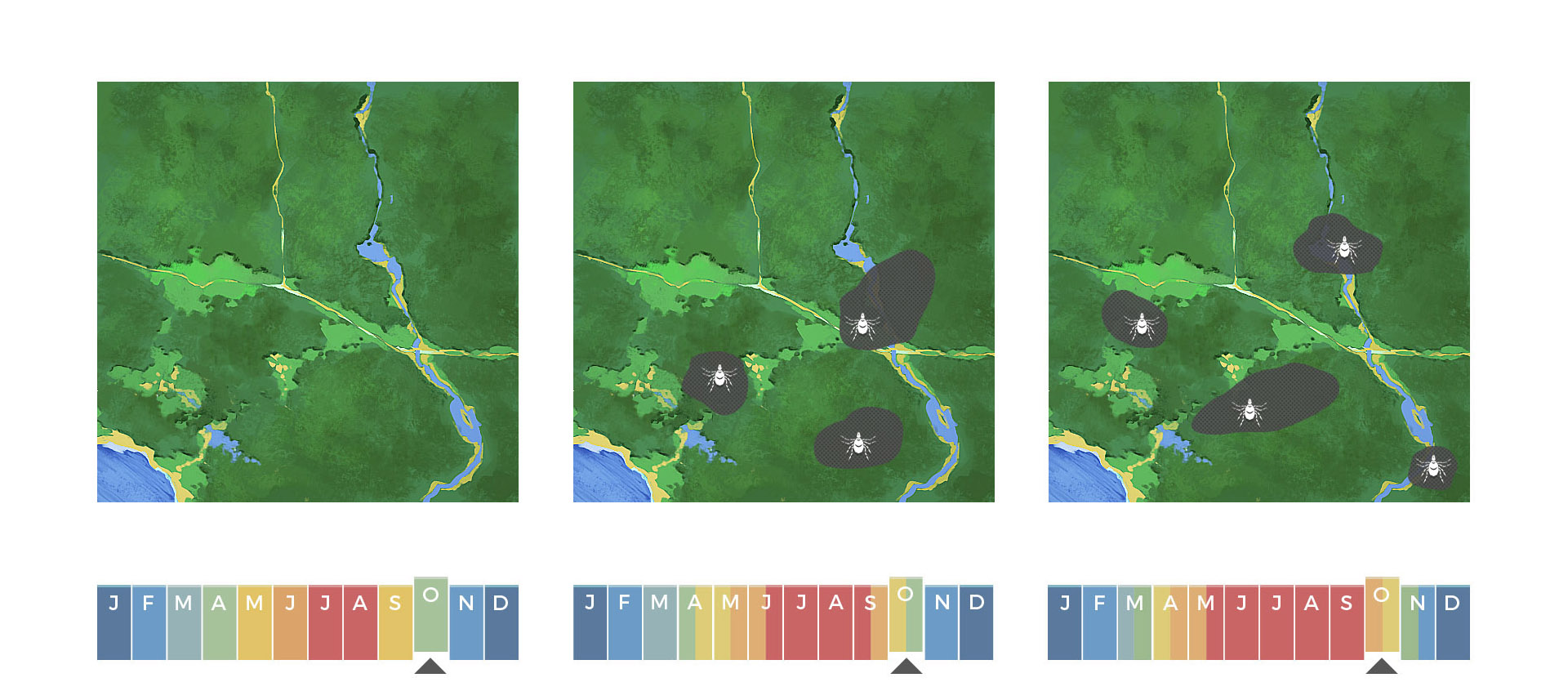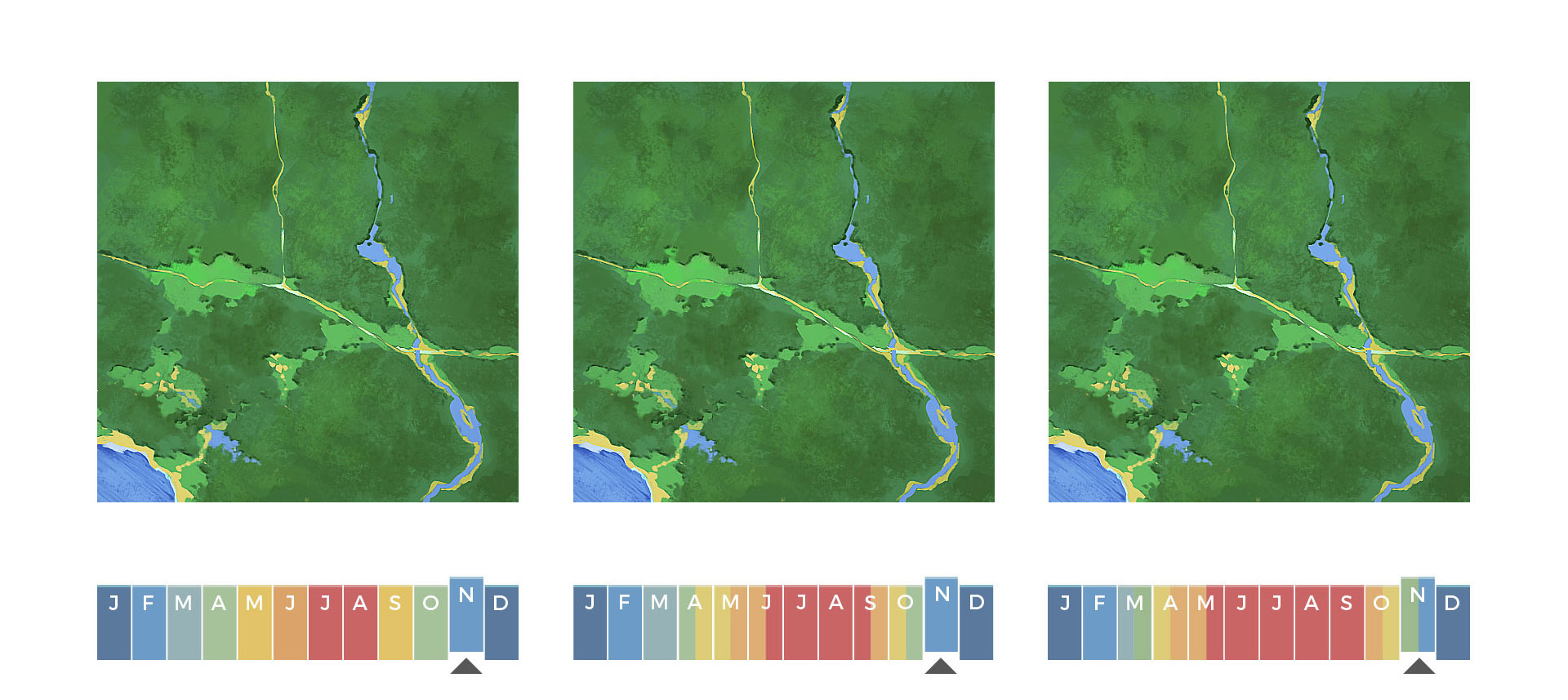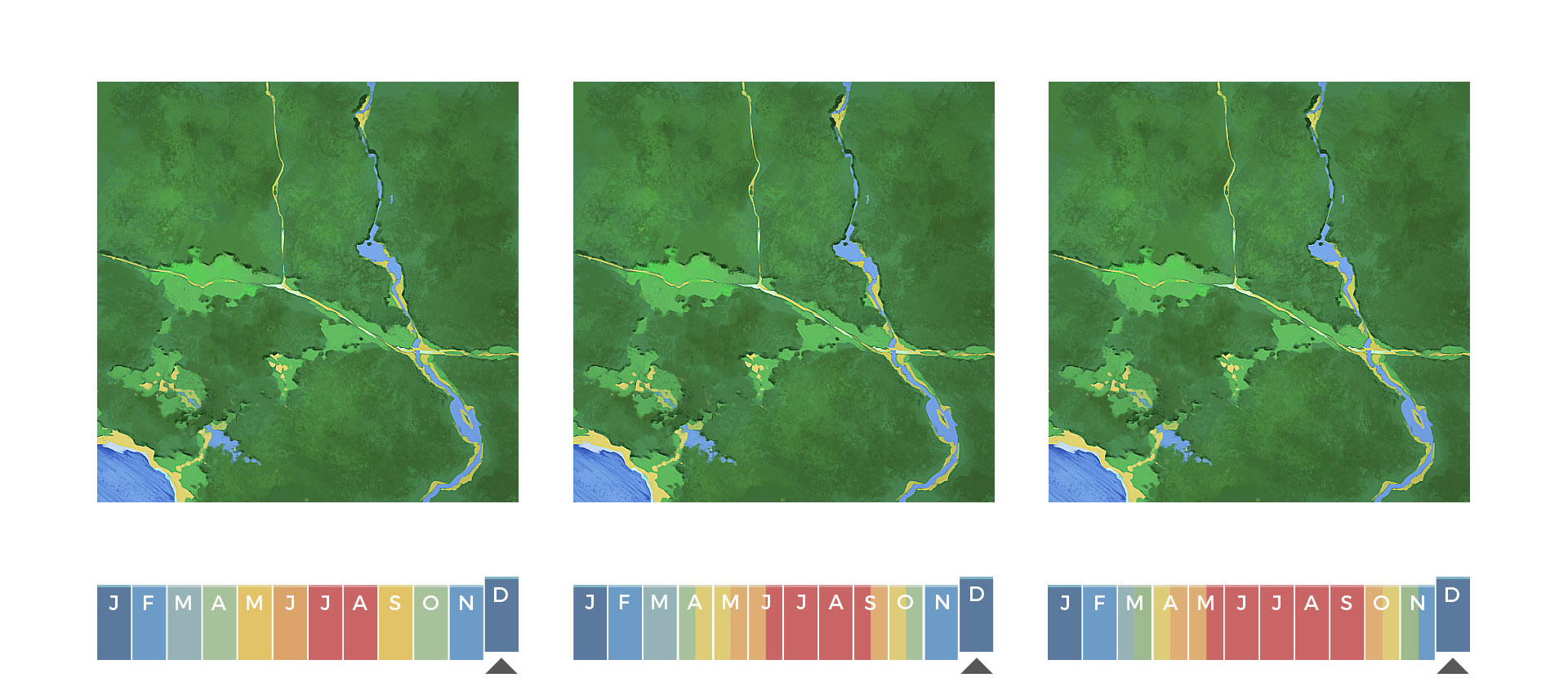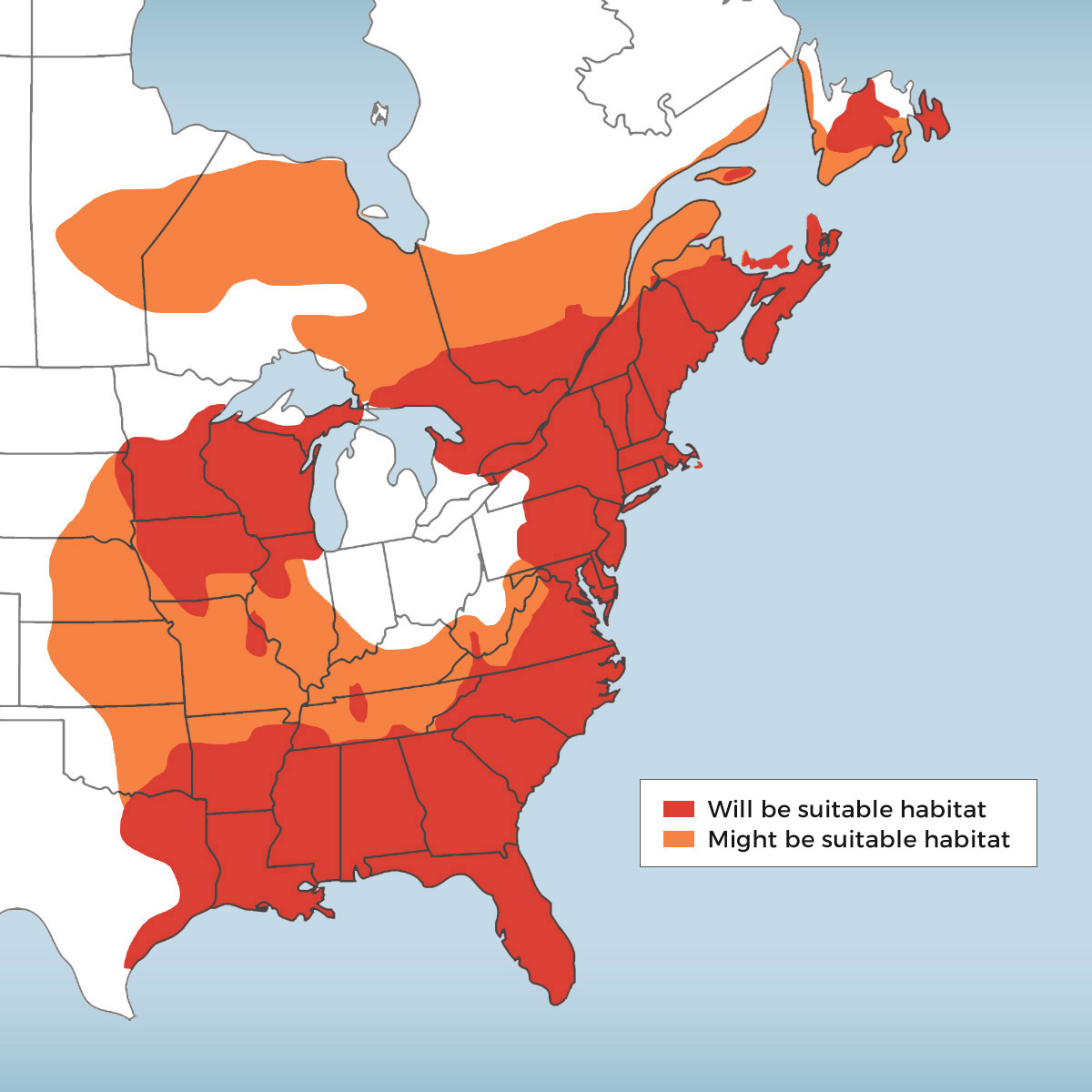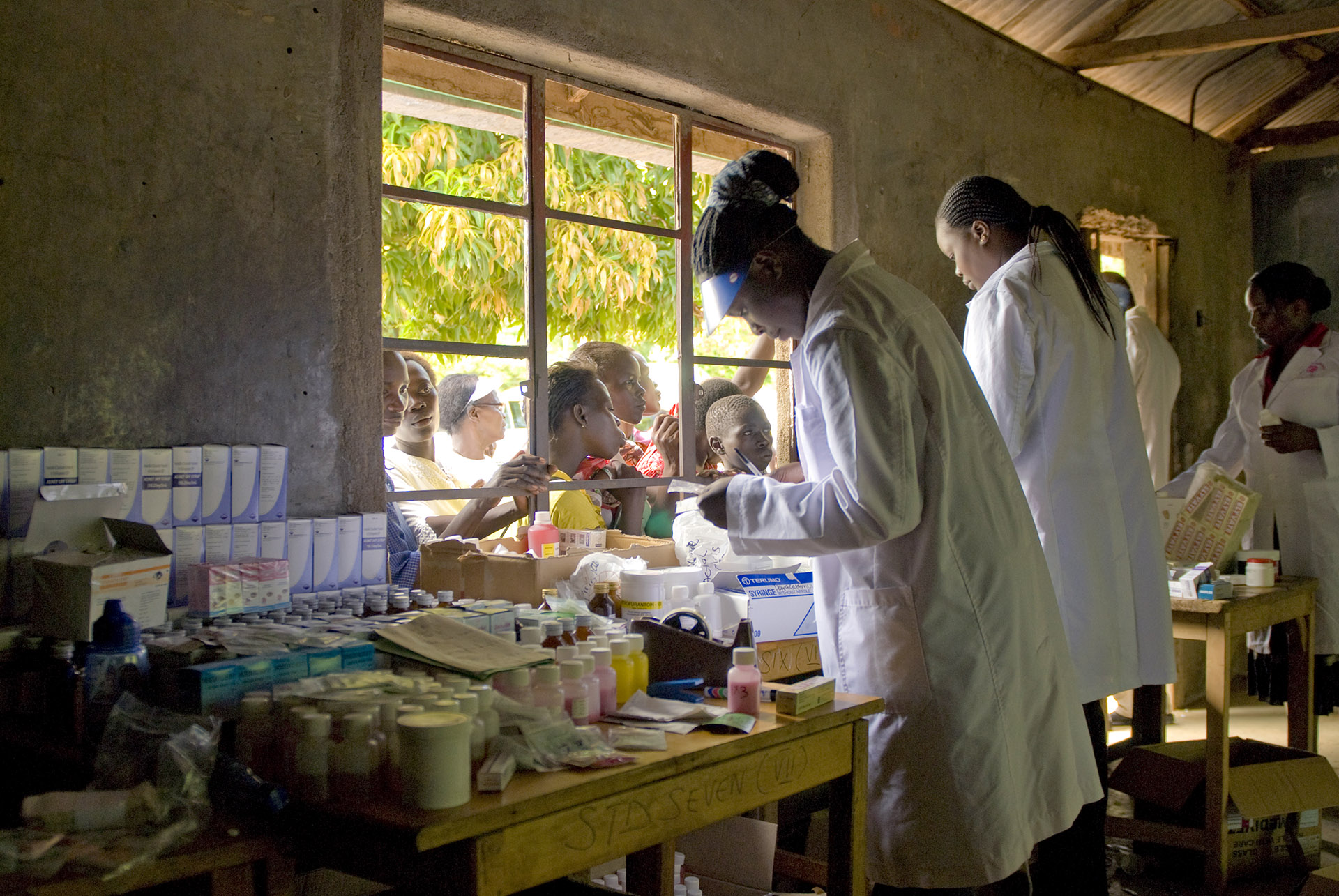
Pests
A Growing Threat
Imagine you are enjoying a beautiful spring day walking around outside with friends. It’s a warm day, which is strange for this time of year. Usually you need a jacket, but today, you can wear short sleeves. You and your friends stop to sit on a bench, and all of the sudden, SLAP! You feel a mosquito biting your arm. SLAP! There’s another one! You don’t remember having to deal with mosquitos at this time of year before. What’s going on?
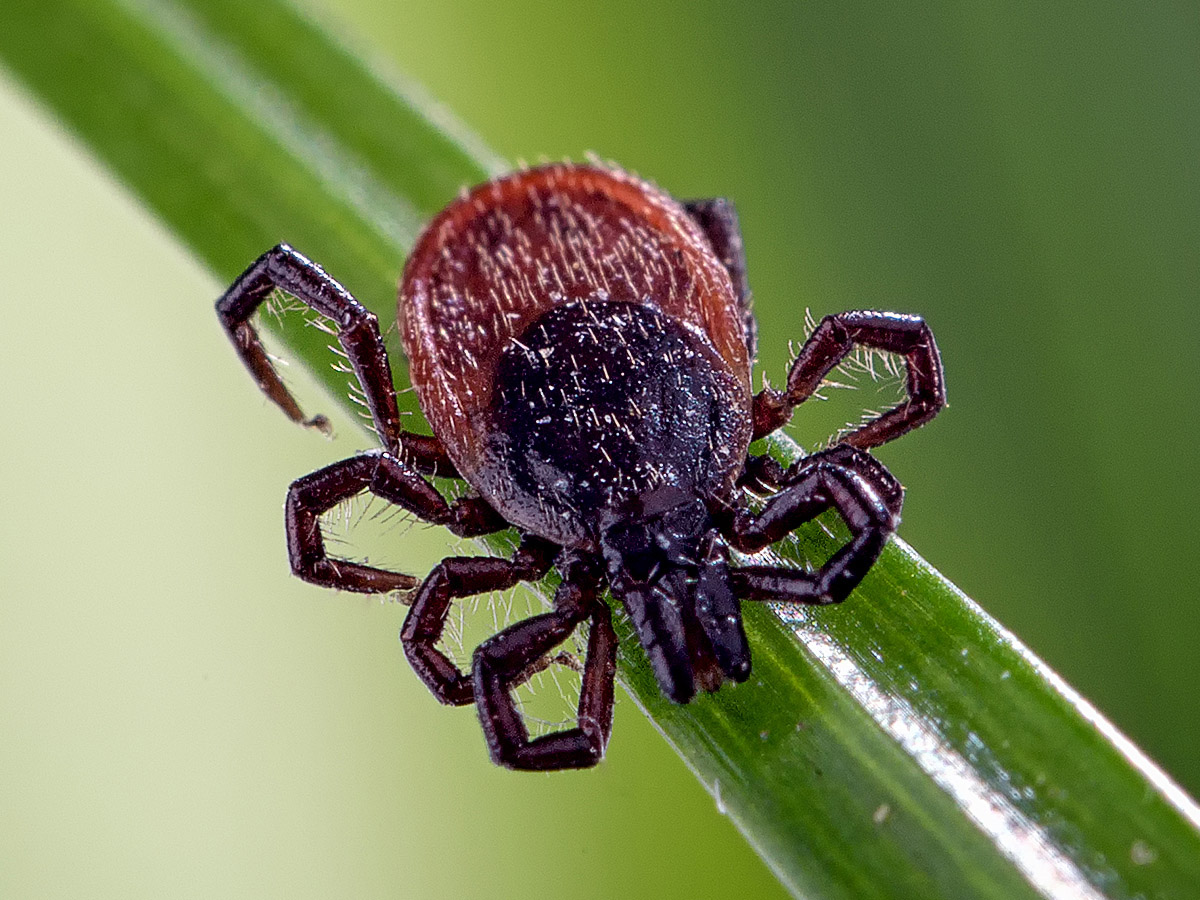
Some organisms can only live within a certain range of temperatures. For example deer ticks are only active when the temperature climbs above 4.4 °C (40 °F). But scientists are starting to see ticks and other organisms become active much earlier in the year than expected. Some organisms are also showing up further north than they’ve ever been seen before. Scientists are especially concerned about the activity of pest organisms. These organisms harm humans or important plants, such as trees and crops. Pests can be moths, beetles, mosquitoes, ticks, or even fungi.
Research has shown that since 1960, the range of pest organisms has shifted north toward the poles at a rate of about 2.7 km per year. That’s a total shift of 9.3 miles. Some of this movement is due to the increase in global travel. People and crops are traveling farther and faster than ever before. When people and crops travel from place to place, sometimes pests hitch a ride on luggage, clothing, or packaging.
The shifting range of pests also seems to be due to rising global temperatures. As areas of the globe begin to warm more than usual, insects and other pests can hatch in those locations much earlier in the year than before. These areas are warmer for longer periods of time allowing pest organisms to reproduce more often. And areas that were once too cold for them to survive are now habitable. Scientists are starting to see larger populations of insects and other pest organisms as global temperatures rise.

More pest organisms are surviving the winter, as well. Cold temperatures usually kill off a large proportion of pests during the winter - but as global temperatures rise, winters are becoming more mild in certain places, and more insects are surviving.
So certain pests are showing up earlier in the year, further north, and in larger populations than ever before. Mountain pine beetles and deer ticks are two examples of pests that have changed in behavior and range in recent years.

The mountain pine beetle is an insect that targets several species of pine trees in the Northwest of the United States and Western Canada. The effect of these pests on trees involves a combination of factors. Rising global temperatures can result in droughts. Droughts can stress a tree and make it more vulnerable to disease. Think of it this way - when you are tired or otherwise stressed, it’s easier for you to be infected by a virus and get sick. It works in a similar way for trees. In warm, dry conditions, pests are able to more easily overcome a tree’s natural defenses and destroy the tree. The warm conditions also make it easier for insects to survive and reproduce, leaving more of them to attack trees. In recent years scientists have observed that mountain pine beetles are both expanding their range and their population spelling trouble for the pine trees of the U.S. and Canada.
Deer tick (Ixodes scapularis) ranges are also starting to expand. The deer tick is a major carrier of Lyme disease in the United States. This bacterial disease can be hard to detect and has a wide range of health effects, including fever, fatigue, swelling and pain in the joints, confusion, and headaches. When deer ticks bite an organism infected with the bacteria that causes Lyme disease, they can pass the disease on to the next organism they bite. Scientists have used computer models to predict the range of the deer tick given the current climate change trends. Their research shows that by 2080, it is possible that the deer tick will have spread into previously untouched areas in the United States and Canada.
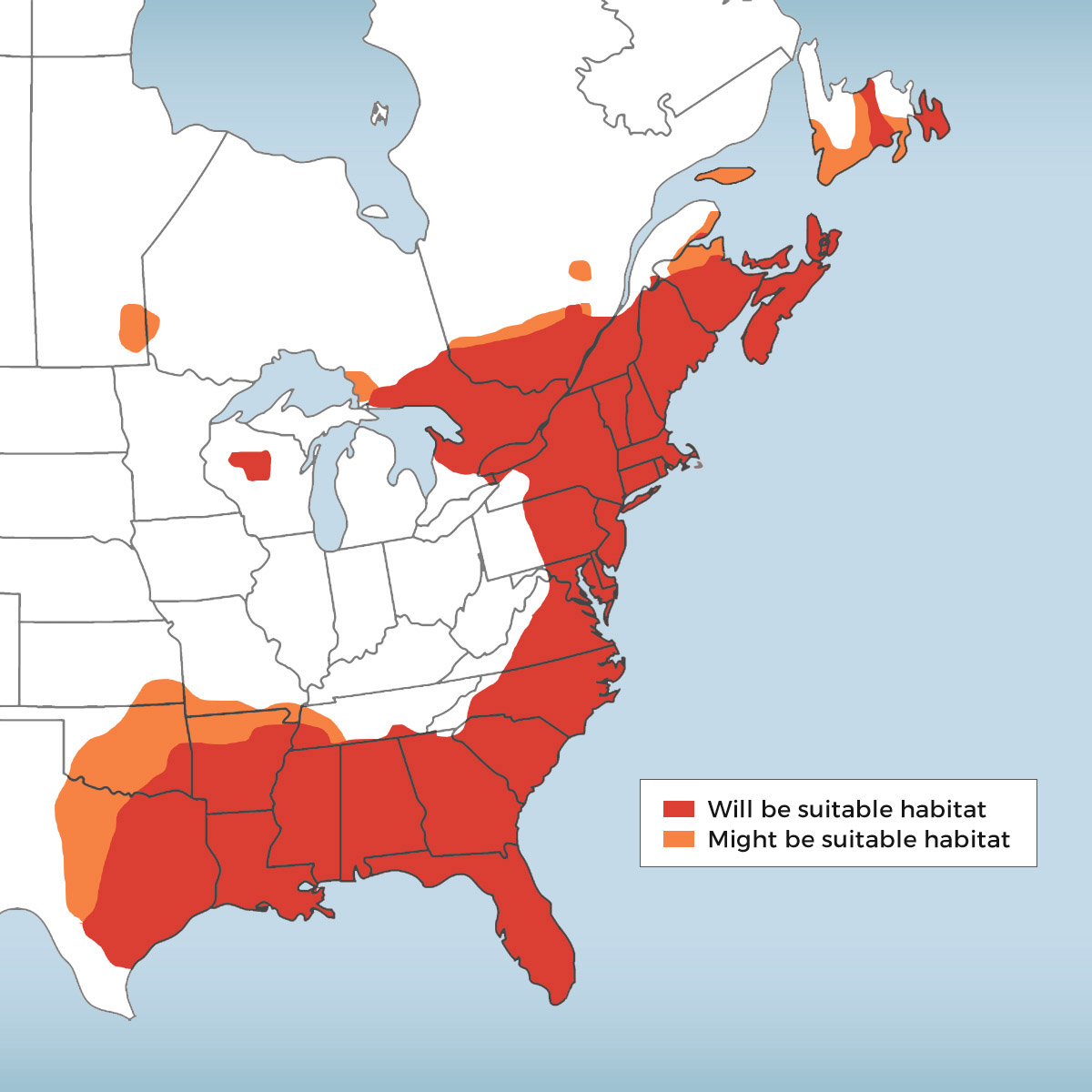
- 2020
- 2050
- 2080
It is clear from current research and modeling that climate change is having a significant effect on the behavior and range of pests. It can be easy to be discouraged by some of these models - after all, none of us wants to see more pests threatening plants, crops, and people! It is important to remember that these models are based on the current trends in global temperature. If as a global community, we can slow or stall rising global temperatures, we may see big changes in the severity, location, and timing of pest outbreaks. This will require making specific choices that reduce the effects of climate change. Some of these choices include limiting our dependence on fossil fuels for energy, building eco-friendly homes and buildings, and finding ways to travel that don’t produce greenhouse gases. Reducing the effects of climate change can give scientists more time to figure out new ways to prevent or treat outbreaks of pests in new areas.

